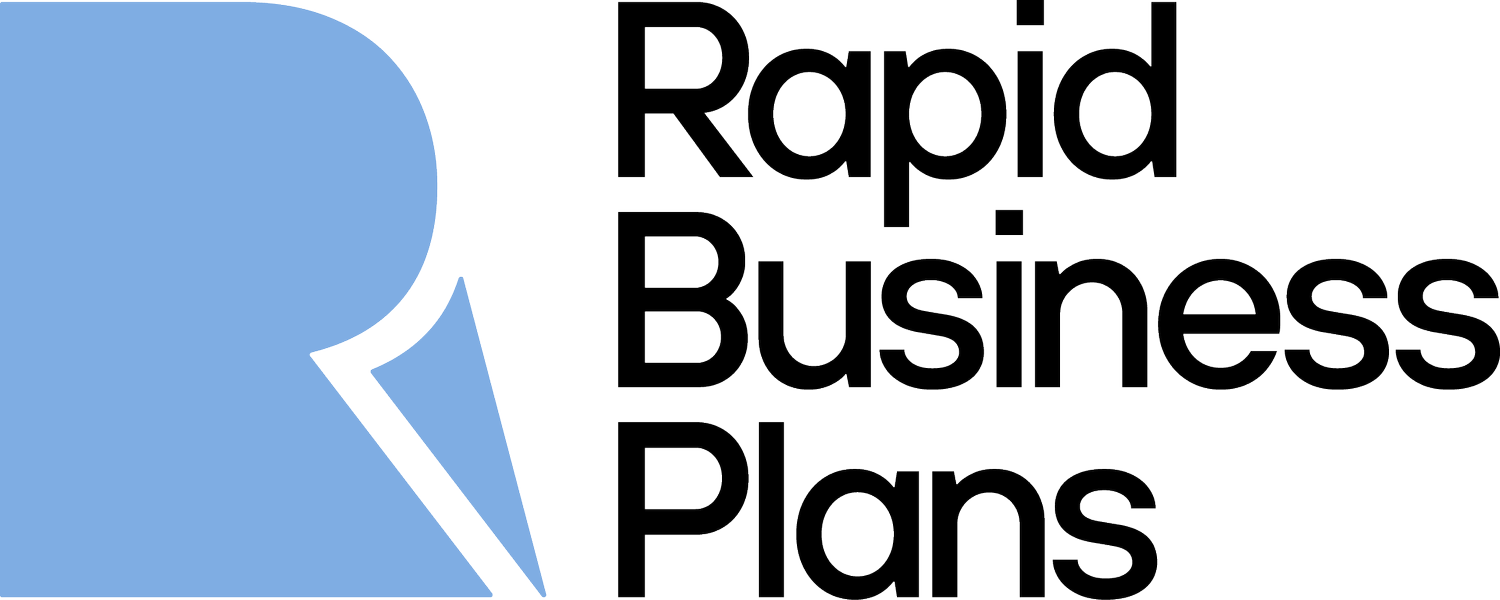SBA’s First 100 Days Under Trump Mark a Turning Point for Small Business
/In just three months, the Small Business Administration has greenlit over 26,000 loans totaling $12.6 billion—a staggering 80% increase in approvals compared to the same period under the previous administration. That figure isn’t just a win for the agency. It’s a signal. One that points to rising optimism, renewed access to capital, and a wave of small business activity gaining ground nationwide.
It’s also the clearest sign yet of the Trump Administration’s intent: to accelerate economic momentum through small business investment, with the SBA as a central engine.
The Return of Demand—and Discipline
A deeper look at the data reveals even more. Loans to the smallest businesses—those with five or fewer employees—jumped 95%, making up roughly 60% of total approvals. New startup lending rose 56%, while 7(a) loans to manufacturers surged 74%, highlighting the SBA’s renewed emphasis on industry and production.
It’s not just about volume. It’s about structure.
Administrator Kelly Loeffler has moved swiftly to reinstate fiscal guardrails and reverse policies linked to rising defaults, including the removal of lender fees and the loosening of underwriting standards. With lender scrutiny tightening again, borrowers are back in a space where clarity, documentation, and preparation matter just as much as ambition.
Strategic Cuts, Sharper Focus
The SBA’s reforms haven’t stopped at lending. In its broader effort to reorient around its core mission, the agency has cut $190 million in spending, canceled or paused $3 billion in contracts, and announced a workforce reduction that will return staffing to pre-pandemic levels by 2026.
Whether or not you agree with the scale of these moves, the message is clear: the SBA intends to be leaner, faster, and more results-driven.
And with the agency’s support now flowing directly toward early-stage companies, manufacturers, and disaster-affected communities—$3.4 billion in loans have already been approved for disaster relief this year—there’s no shortage of urgency behind the shift.
A Lending Environment That Rewards Readiness
If there’s one takeaway from this reshaped SBA, it’s this: businesses can no longer afford to approach loan applications casually. Lenders are once again prioritizing borrowers who present strong fundamentals—detailed business plans, clean financials, and a clear vision for growth.
This is particularly true in places like Jacksonville and other fast-growing regions of Florida, where access to capital is critical for businesses scaling into new facilities, expanding services, or navigating post-disaster recovery.
In this environment, the best-prepared applicants aren’t just more likely to be funded—they’re more likely to secure favorable terms, reduce delays, and build stronger long-term lender relationships.
Turning Momentum into a Plan
Behind every one of those 26,000 loans is a business plan that told the right story to the right decision-makers. And for entrepreneurs hoping to join that wave, now’s the time to think strategically—not reactively.
Business owners who proactively align their goals, financials, and projections with current SBA expectations won’t just get through underwriting—they’ll enter relationships with lenders from a position of strength. Whether you’re a startup or a second-generation manufacturer, clarity is capital.
Want to be next in line for funding? You’ll need more than vision. You’ll need a roadmap that reflects where the SBA is headed—and how you plan to grow with it.
SBA momentum is building—but only for those ready to act. Make sure your business plan is built to meet the moment.




